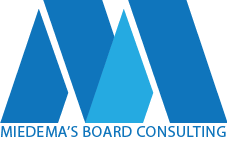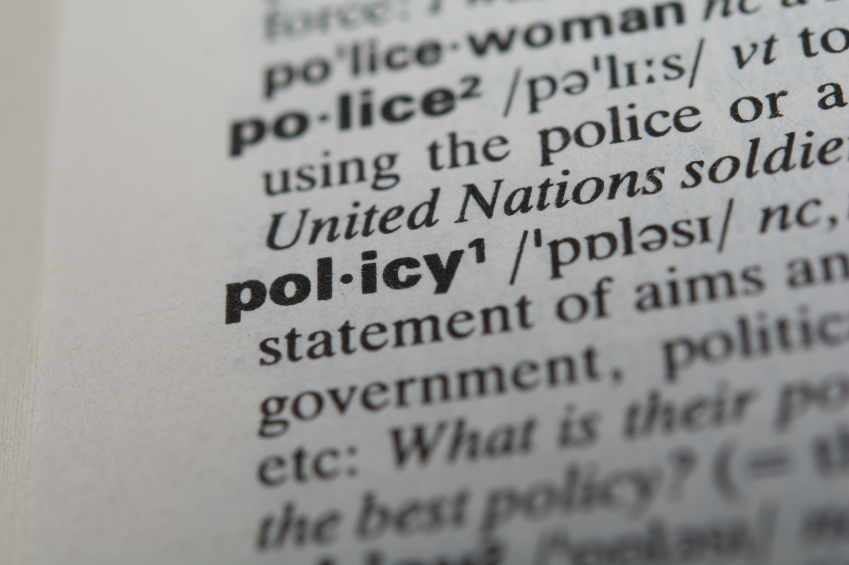I was recently asked to write a report on the evolution of John Carver’s Policy Governance® model. It was a good opportunity to revisit the Carver model after my previous blog Let’s Give Carver a Break (https://miedemas.com/2015/12/07/lets-give-carver-a-break/).
Here are a few highlights from my new report:
- Carver’s model met a need
John Carver first became interested in board governance in the 1970’s when there was increasing pressure for boards to change. A growing number of stakeholders were voicing objections to the cronyism of directors. The concept of boards governing through policies while holding both themselves and the CEO accountable were novel ideas. Carver saw the board’s role as ownership one step up instead of management one step down. By the time he introduced his Policy Governance® model in the 1980’s it was a breakthrough for those that were looking for a better system of board governance.
- Carver is a clinical psychologist and his model reflects that
John Carver approached board governance with a scientific and theoretical perspective. Instead of instructing the CEO how to do his or her job, the board tells the CEO what not to do and leaves the method up to the CEO. The Executive Limitations are stated in the negative under the premise that the board does not have the time or expertise to state everything that should be done and therefore should state what should not be done. If it sounds confusing, that’s because it is! It is a complex model so one needs to learn and understand it in order to use it properly.
- The Policy Governance® model has changed very little since the 1980’s
The ten underlying principles are still the foundation. John Carver believes that if a board applies fewer than all ten principles, it weakens or destroys the model’s effectiveness as a system. Now that John Carver has retired, the Policy Governance® model is managed by the International Policy Governance Association (IPGA), a nonprofit that promotes the Policy Governance® model but also promotes other advanced governance systems. The “other advanced governance systems” must adhere to the ten principles and are very similar to the Carver model in their structure and rigidity.
- The criticisms continue
It is not difficult to find criticisms of the Carver model. It is said to create a disconnect between the board and the organization, delegate too much power to the CEO, distract the board from organizational results, reduce transparency, break down during times of crisis and not properly reflect a board’s fiduciary duties. Whether one agrees with Carver’s philosophy or not, the key strength of the Policy Governance® model is that it demands a level of precision and commitment that most boards and organizations find daunting. A board that invests the considerable time, effort and funds required to use the Policy Governance® model in its entirety takes its role seriously.
- The Policy Board has evolved
Today most boards would consider themselves “Policy Boards” and use governance systems that are an evolution of the Carver model. There are now many variations of Policy Board models that are easier to understand and implement while avoiding the negative consequences of a misapplied Carver model. The board fulfils its fiduciary duties through governance documentation (such as a Board Policy Manual) which provides directors and management clear direction on what and how to govern the organization. The board then has systems for monitoring and renewing its governance practices.
So there you have it. There are many models of board governance available on the market today that meet or exceed a board’s fiduciary requirements. While Carver’s Policy Governance® model was the prototype, others have emerged that are similarly effective but are easier and less expensive to learn and maintain while avoiding the negative consequences associated with a poorly implemented Policy Governance® model. Regardless of the model chosen, the key focus for a board is to fulfil its fiduciary duties and invest the time, effort and funds in a system that allows it to maintain great governance.







